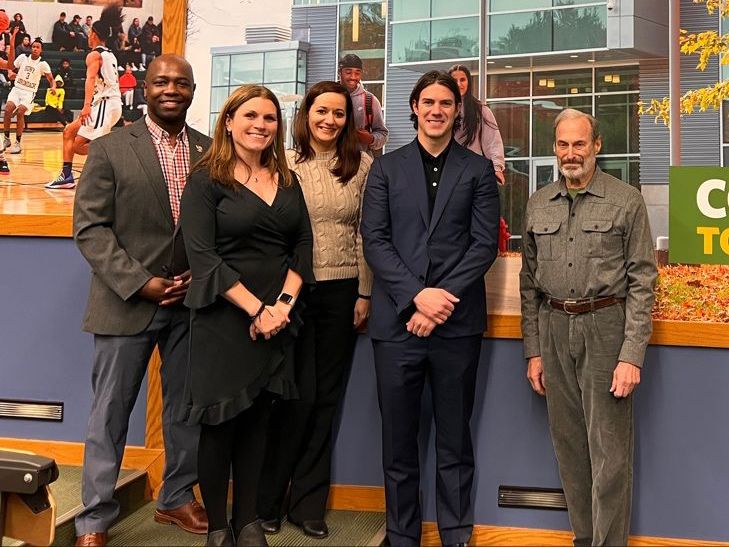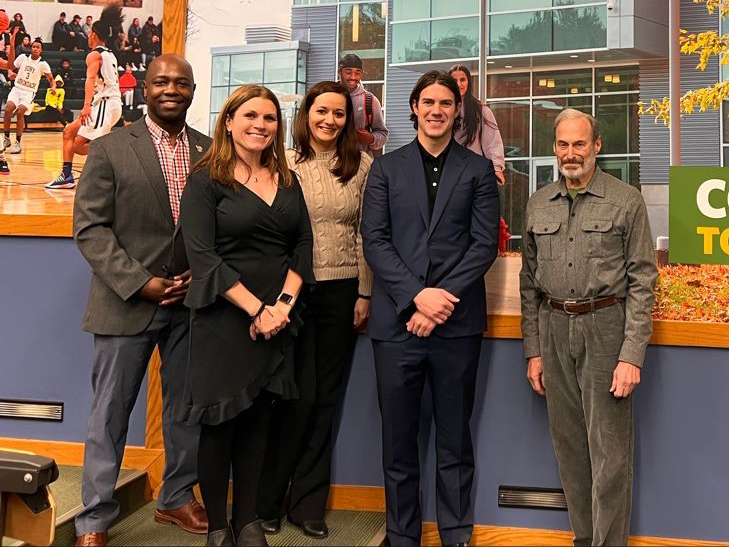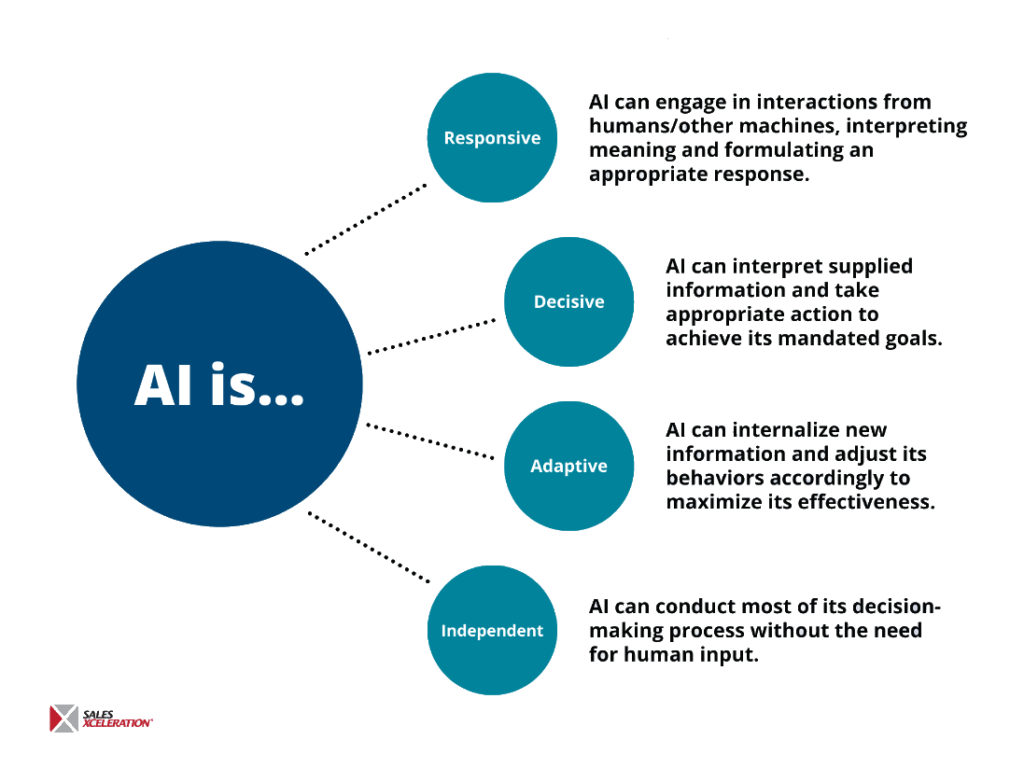Yes, You Need a Podcast

A quick google search will give you more stats and information than you probably want to know about: who is listening to podcasts, their age, gender, income levels, education, the list goes on and on. But a very interesting stat is the number of people who pay attention to ads on podcasts, and the percentage of listeners that buy a product because of a podcast. I myself have purchased a few products over the last few years… because I heard about them on podcasts.
Many of these stats paint a picture of the potential to increase sales, product placement, brand awareness, targeted demographics, consumer education, and more.
Despite all these benefits to podcasting, I am met with a fair amount of push back from clients when I recommend they add a podcast to their marketing mix. For the record, I am advising all (yes, ALL) of our clients to add podcasts to their content mix.
The resistance I typically get is that they are worried they will not be engaging, no one wants to hear their voice, their product or service is just not that interesting, they would have no idea what to talk about, etc… The funny part is that none of those things matter. The #1 reason you should do a podcast is not because you are engaging or funny, nor because you have an amazing voice; that has little to do with your actual product or service. It’s not about building an audience, going viral, or being the next Joe Rogan – the number one reason you should be doing a podcast is because you need content for your marketing & communications efforts.
Most of you are probably struggling to come up with ideas on what that content should be. You are probably sitting around week after week frustrated because you continue posting the same old stuff, and are getting little from it. What you need is a way to educate your audience on who you are as a brand. You need content that helps tell the story your clients and customers can consume. You need a way to create content that can be used across multiple channels like social media, email campaigns, and your website.
You NEED this, and at the same time, you are probably hoping to do this without breaking the bank. Podcasts are the solution. You can easily and affordably record what you need for a podcast using platforms like Zoom, Microsoft Teams, or Google Chat. This can be uploaded to YouTube, clipped out for social media, and used as a vlog (which can be turned into a blog as well)… All of this can be included in your newsletter and posted to your website. The ability to use one simple piece of content to create many pieces of content is staggering.

Long story short, all of your content marketing needs can be amplified by starting with just a simple podcast that took you 10 to 20 minutes a week (or month) to record. It is a simple and easy way to create content that will be meaningful to your clients and prospects. That is why you need a podcast.
Of course, there will be questions. You will want to know what it should be about, how long, is it a monologue or interview style… If you are looking for help answering these questions, and the many others that I am sure are bouncing around your brain, give us a call. Our team loves coming up with podcasts to help support our clients’ marketing and communications efforts!





















